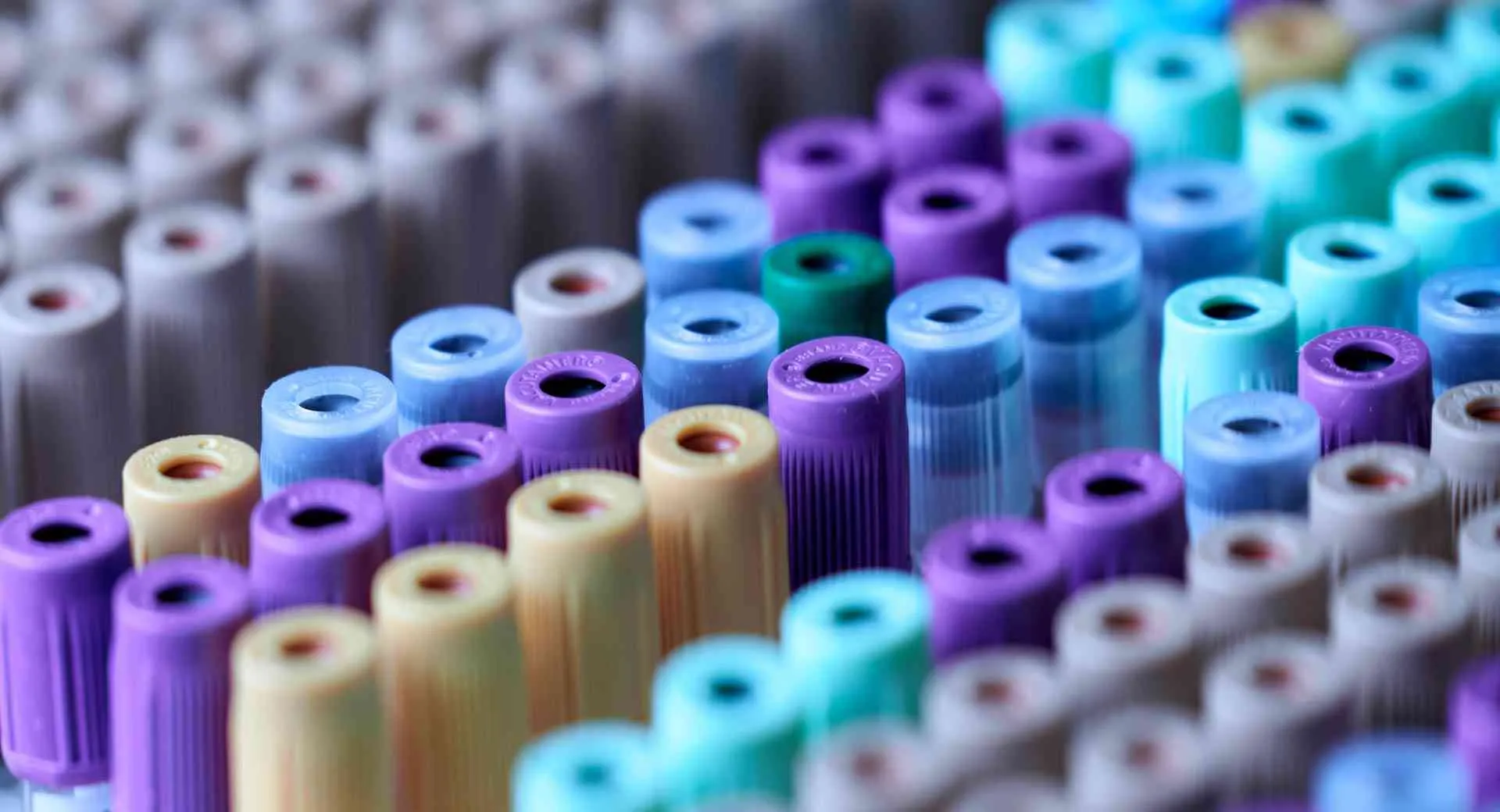Description
mPEG-SCM is one type of mPEG-NHS reagents. There is a methylene (CH2) linkage between PEG and the NHS ester. More details regarding the aqueous stability, hydrolysis half-life as well as its reactivity toward amines of various types of NHS esters is available in the Properties section. SCM stands for Succinimidyl Carboxyl Methyl ester.
Properties
Q: What are the differences among your PEG NHS ester products?
A: We offer a variety of PEG acid and PEG NHS ester. These NHS esters react with primary and secondary amine to form a stable amide linkage. This reaction may be carried out in an organic solution with an organic base or may be carried out in an aqueous solution at or around neutral pH or slightly acidic or basic. To PEGylate proteins or nanoparticles, it often requires a large excess of PEG NHS esters due to the competitive hydrolysis reaction in an aqueous solution. Stability of NHS esters is compared by their hydrolysis half-life (T1/2). To mitigate the competitive hydrolysis reaction, organic solvents such as amine-free, anhydrous DMF and DMSO may be used in combination with an aqueous buffer solution.
| PEG NHS esters |
Structural characteristics |
Amine reactivity |
Stability |
| Type A: SCM |
Methylene (CH2) linkage between PEG and NHS ester |
Highly reactive |
Hydrolysis half-life: less than five minutes. It often requires the use of a large excess of PEG reagents. |
| Type B: SG |
C4 aliphatic ester linkage between PEG and NHS ester |
Very reactive |
Hydrolysis half-life: around 20 minutes. |
| Type C: SS |
C3 aliphatic ester linkage between PEG and NHS ester |
Very reactive |
Hydrolysis half-life: around 10 minutes. |
| Type D: GAS |
C4 aliphatic amide linkage between PEG and NHS ester |
Very reactive |
Hydrolysis half-life: around 20 minutes. |
| Type E: SAS |
C3 aliphatic amide linkage between PEG and NHS ester |
Very reactive |
Hydrolysis half-life: around 10 minutes. |
SCM: Succinimidyl Carboxyl Methyl ester; SG: Succinimidyl Glutarate ester; SS: Succinimidyl Succinate ester; GAS: GlutarAmide Succinimidyl ester; SAS: SuccinAmide Succinimidyl ester. Note: hydrolysis half-life depends on pH, temperature and other factors of the testing conditions.
Molecular weight: MW of PEG was measured by MALDI-MS or GPC. PDI (polydispersity index) of our linear PEG is 1.02-1.05 with very narrow MW distribution. The number of repeating ethylene oxide units (CH2CH2O) or the degree of polymerization is calculated dividing the PEG MW by 44 (44 is the molecular mass of one repeating unit).
Solubility: Soluble in water and aqueous buffer, chloroform, methylene chloride, DMF, DMSO, and less soluble in alcohol, toluene. Not soluble in ether.
Density: PEG density is approximately 1.125 g/mL
Physical form: PEG products generally appear as white or off-white powder, and for very low MW linear PEG such as MW 1k or less, it may appear as wax-like, semi-solid material due to the low MW and the type of functional groups.
Storage condition: PEG product shall be stored in the original form as received in a freezer at -20C or lower for long term storage. Stock solution of PEG reagents that do not contain oxygen or moisture sensitive functional groups may be temporarily stored in a refrigerator or ambient temperature for multiple days. Stock solution should avoid repeated freeze-and-thaw cycles. See Documents section for detailed storage and handling conditions.
References
1. High Efficiency Diffusion Molecular Retention Tumor Targeting. PLoS ONE 8(3): e58290, Text.
2. BSA Nanoparticles for siRNA Delivery: Coating Effects on Nanoparticle Properties, Plasma Protein Adsorption, and In Vitro siRNA Delivery, International Journal of Biomaterials, 2012, 584060, Text.
3. PEG-Like Nanoprobes: Multimodal, Pharmacokinetically and Optically Tunable Nanomaterials, PLoS ONE 9(4): e95406, Text.
4. PEGylation of lysine residues improves the proteolytic stability of fibronectin while retaining biological activity, Biotechnol. J. 2014, 9, Text.
5. Fabricating Nanoscale DNA Patterns with Gold Nanowires, Anal Chem. 2010 April 15; 82(8): 3365–3370, Text.
6. Successful PEGylation of hollow encapsulin nanoparticles from Rhodococcus erythropolis N771 without affecting their disassembly and reassembly properties, Biomater. Sci., 2017,5, 1082-1089, Text.
7. RGD-Modified Albumin Nanoconjugates for Targeted Delivery of a Porphyrin Photosensitizer, Mol. Pharmaceutics, 2017, 14 (8), 2793–2804, Text.
8. Parallel temperature-dependent microrheological measurements in a microfluidic chip, Biomicrofluidics 10, 043503 (2016), Text.
9. Immobilized Particle Imaging for Quantification of Nano- and Microparticles, Langmuir, 2016, 32 (14), pp 3532–3540, Text.
10. Enabling sublingual peptide immunization with molecular self-assemblies, Biomaterials, 2020, 10.1016/j.biomaterials.2020.119903
11. Titrating Polyarginine into Nanofibers Enhances Cyclic-Dinucleotide Adjuvanticity in Vitro and after Sublingual Immunization, ACS Biomater. Sci. Eng. 2021, 7, 5
Click here to view an expanded list of thousands of publications citing Creative PEGWorks products.


